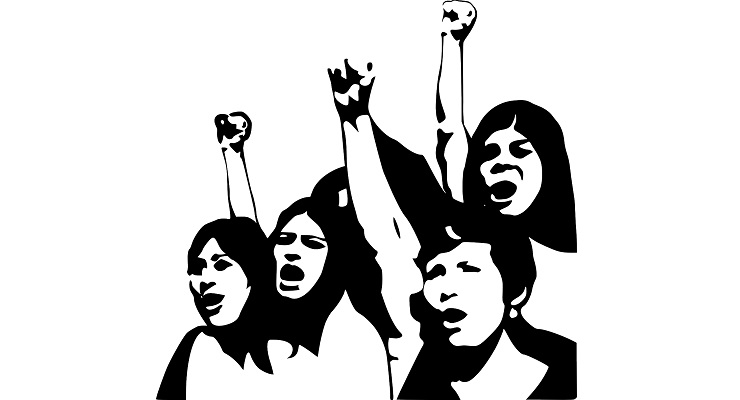
This perspective is from Democracy Digest:
According to Stanford political scientist Larry Diamond (right), there have been 20 instances since 2009 in which autocratic governments were challenged either by mass protests or an unexpected electoral defeat. In only two — Tunisia in 2011 and Ukraine in 2014 — was there a transition to democracy. Why doesn’t people power work like it used to? He cites a couple of big factors in Democratic regression in comparative perspective: scope, methods, and causes, an article for Democratization, Diehl adds:
-
- One is that autocracies have figured out better strategies for blocking “color revolutions,” as Russian leader Vladimir Putin calls them. Among the innovations he and other dictators have adopted: closing down nongovernment groups; blocking pro-democracy funding from the United States and Europe; eliminating independent media, and, when a crisis comes, shutting down the Internet.
- Strongmen have also benefited from a strategic insight [aka authoritarian learning]: Faced with popular protests, they need not choose between surrender, like the Communists of Eastern Europe in 1989, and sending in tanks, as China did at Tiananmen Square. It’s enough simply to survive and persevere, using just enough repression to avoid a storming of the palace. Over time, a steady pressure of arrests and street repression, coupled with false promises of reform, can wear mass movements down. A lack of clear opposition leaders makes it easier.
Read he full article here.
Leave a Reply